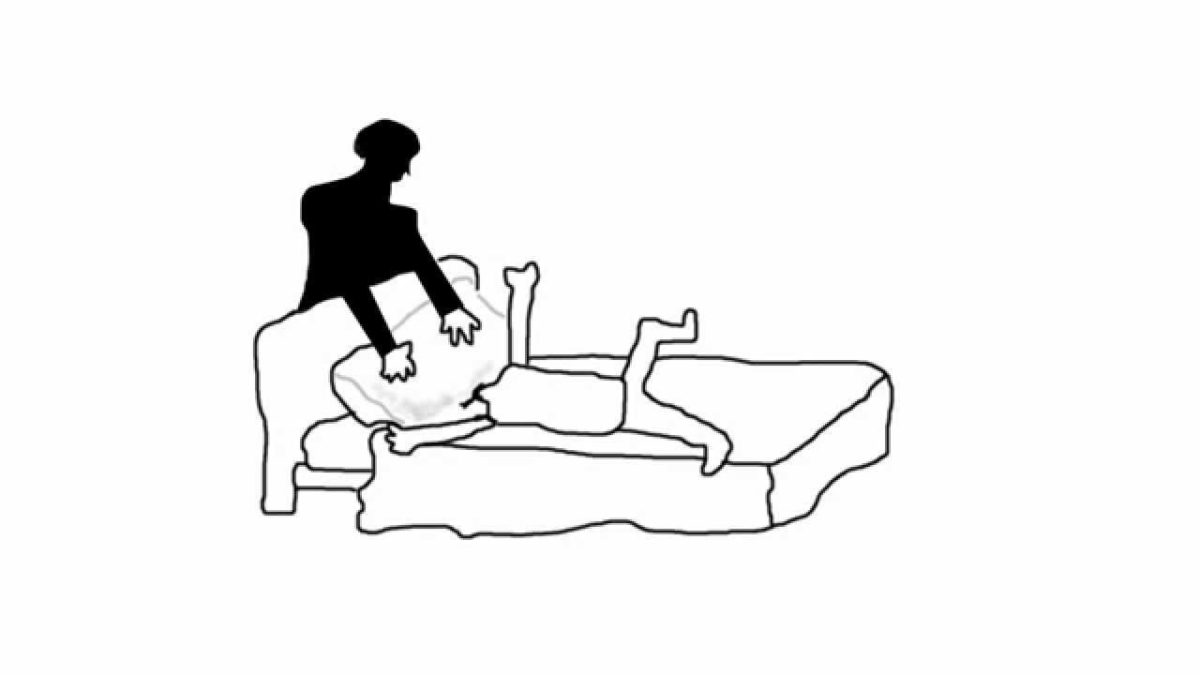The phrase “The first shall be last and the last shall be first” is mentioned in many different spiritual or religious contexts, perhaps most famously in the Bible. It refers to a Nietzschean revaluation of all values, where the existing social order is completely inverted. This essay takes a detailed look at the various ways that such an inversion can happen.
There are four realms of elemental alchemical energy: the realm of clay, the realm of iron, the realm of silver and the realm of gold.
When one transitions from one realm to another, it inevitably means that the previous social order is upset, often to the point of being completely reversed. Sometimes it means that the very actions that led to success (or failure) in the one realm lead to the exact opposite result in the new realm.
For instance, large men with big muscles dominate in the realm of iron, because they are better at fighting. But if their group should transition into the realm of clay, the base survival level, being big is a disadvantage. In a state of resource scarcity, the largest individuals have the greatest stress trying to obtain enough resources to meet their metabolic needs. The best fighters tend to be the worst scavengers.
When Jesus used this phrase, he was referring to the transition from the realm of silver to the realm of gold. The time that Jesus lived in was one when the advances of civilisation had led to a grossly materialistic culture. He was warning those who benefitted from that materialism that their positions at the top of the hierarchy weren’t as secure as they wanted to think.
There are other transitions: from iron to silver reflects the imposition of an age of peace, from silver to iron represents the collapse of a peaceful age into a one of war etc.
In all of these transitions, there is an element of the first shall be last and the last shall be first. The man of silver, whose gregarious and social nature makes him the dominant party during peacetime, usually becomes a weakling when society transitions into the realm of iron. Likewise, the man of iron, whose physical courage and unyielding nature makes him a war hero, becomes a criminal delinquent when society transitions into the realm of silver.
On Earth, it’s possible to accumulate vast wealth and power. Doing so for the sake of rising in social status is something that is common to all social animals, and in the realm of silver it will increase your position on the hierarchy. Upon the death of the physical body, however, the connection to all of that wealth is lost, and one’s soul stands before God once again.
Should it be God’s judgment that your wealth was accumulated at the cost of other people’s suffering, then your likely fate is to be reincarnated into a world where people behave like you did. Your next life, then, will be fraught with the suffering caused by greed. You will, of course, not complain, because before God you will understand that it’s perfectly fair for you to reincarnate in a world full of beings on the same frequency as yourself.
By this means, a man who could have been the very highest of all in one material world might become the very lowest of all in the next one.
This is not at all to imply that it’s immoral to be wealthy. It’s entirely possible that a person’s great wealth is the result of being showered in gratitude by the multitudes who that person has helped. There’s no reason to automatically assume that any given fortune was acquired by crime. It’s simply a fact that advantage in one realm does not correlate with advantage in the next one.
On the other side of the divide, there are many people today who possess vast spiritual knowledge but who sit at the bottom of the social hierarchy on account of that such knowledge is not valued. We may live in a degenerate age, perhaps even a Kali Yuga. This means that the sort of person who once concerned themselves with spiritual knowledge is now inevitably an outcast.
The knowledge that is valued today is that which causes one to grow in material power or wealth. Spiritual knowledge, and the desire for spiritual knowledge, are more or less considered mental illness. Those who currently rule the West are so utterly Godless that they have pathologised the very belief in God. We have fallen very far from the realm of gold.
Once upon a time the spiritual man would have been a shaman or a sage, and warrior-kings would come to speak to them about things that no-one else understood, and their advice would thereby lighten the suffering of many myriads. Great witches, likewise, would have been consulted on decisions that set the course of kingdoms and empires.
Today we look at the shaman or witch and, instead of seeing a person whose mind is set on the spiritual at the expense of the material (and therefore holy), we see one whose mind is set on delusions at the expense of the real (and therefore diseased). We see a psychotic to be treated with disdain rather than a visionary to be treated with regard.
However, the time may come when a revolutionary spirit is stoked and when the shackles of materialism are thrown off. It’s already apparent to many that the obsessive focus on GDP growth at the expense of all else is causing more misery that it’s alleviating. A transition to another realm could involve the introduction of a new Golden Age onto the Earth.
The world is rapidly approaching a revolutionary transition between realms in any case. The elite governments of our world are hopelessly corrupt, and awareness of this is spreading faster than ever (a process that some are describing as The Great Awakening). The pre-existing fractures in our society will not be able to survive the stresses that are coming.
Perhaps the first shall become last in the sense that the elites of one corrupt system are cast down when it is overthrown, and the last shall become first in the sense that the good people who were kept down by corruption will rise to their natural place in the hierarchy. The best thing is to work on raising one’s own frequency so that one can take the right measures when the time comes.
*
If you enjoyed reading this essay, you can get a compilation of the Best VJMP Essays and Articles of 2018 from Amazon for Kindle or Amazon for CreateSpace (for international readers), or TradeMe (for Kiwis). A compilation of the Best VJMP Essays and Articles of 2017 is also available.




